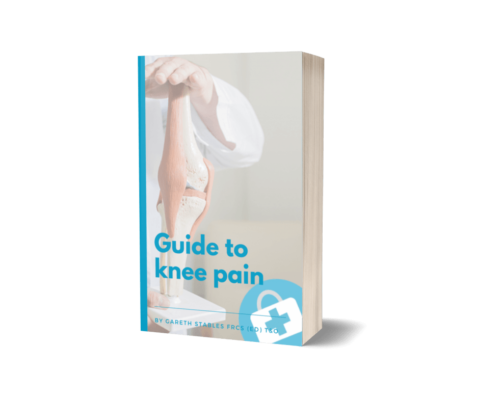5 Ways to Manage Patello-Femoral Pain

Patello-femoral pain (PFP), also known as "runner's knee," is a common type of knee pain that occurs in the front of the kneecap. It is caused by a misalignment of the kneecap, which can put stress on the surrounding tissues. PFP can be caused by a number of factors, including:
- Overuse. PFP is often seen in athletes and people who participate in activities that involve a lot of kneeling, squatting, or jumping.
- Weak muscles. Weak muscles around the knee can contribute to PFP by making it more difficult to keep the kneecap in alignment.
- Improper alignment. A misalignment of the kneecap can also lead to PFP. This can be caused by a number of factors, including genetics, previous injuries, and poor posture.
Symptoms of PFP can include:

- Knee pain. The pain is usually felt in the front of the kneecap, but it can also radiate to other areas of the knee.
- Swelling. The knee may become swollen, especially after exercise.
- Tenderness. The area around the kneecap may be tender to the touch.
- Crepitus. A crunching or popping sound may be heard when the knee is moved.
If you are experiencing any of these symptoms, it is important to see a doctor to get a diagnosis and discuss treatment options.
There are a number of things you can do to manage PFP, including:
- Rest. The first step in managing PFP is to rest the knee. This means avoiding activities that put stress on the knee, such as running, jumping, and squatting.
- Ice. Applying ice to the knee for 20 minutes at a time, several times a day, can help to reduce inflammation and pain.
- Elevation. Elevating the knee above the level of the heart can also help to reduce inflammation.
- Compression. Wearing a compression sleeve or brace can help to support the knee and reduce pain.
- Over-the-counter pain relievers. Over-the-counter pain relievers, such as ibuprofen or acetaminophen, can help to relieve pain and inflammation.
- Physiotherapy. Physiotherapy can help to strengthen the muscles around the knee and improve range of motion.
- Injections. In some cases, injections of corticosteroids or hyaluronic acid may be helpful.
- Surgery. Surgery is a last resort for PFP. It is only recommended for people who have not responded to other treatments.
Exercises for patello-femoral knee pain
With proper treatment, most people with PFP are able to manage their pain and return to their normal activities.


